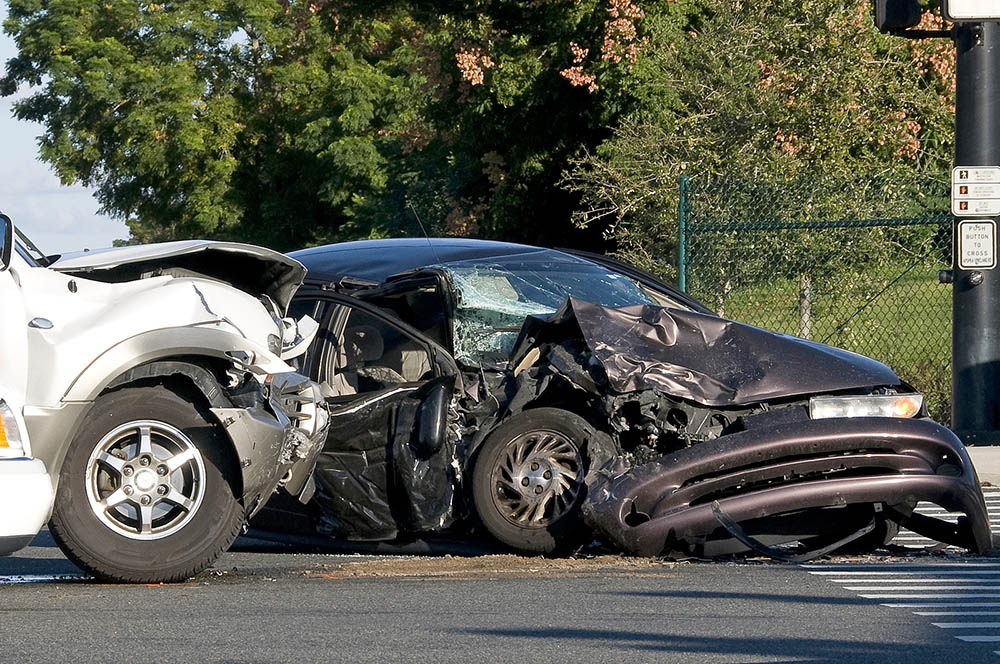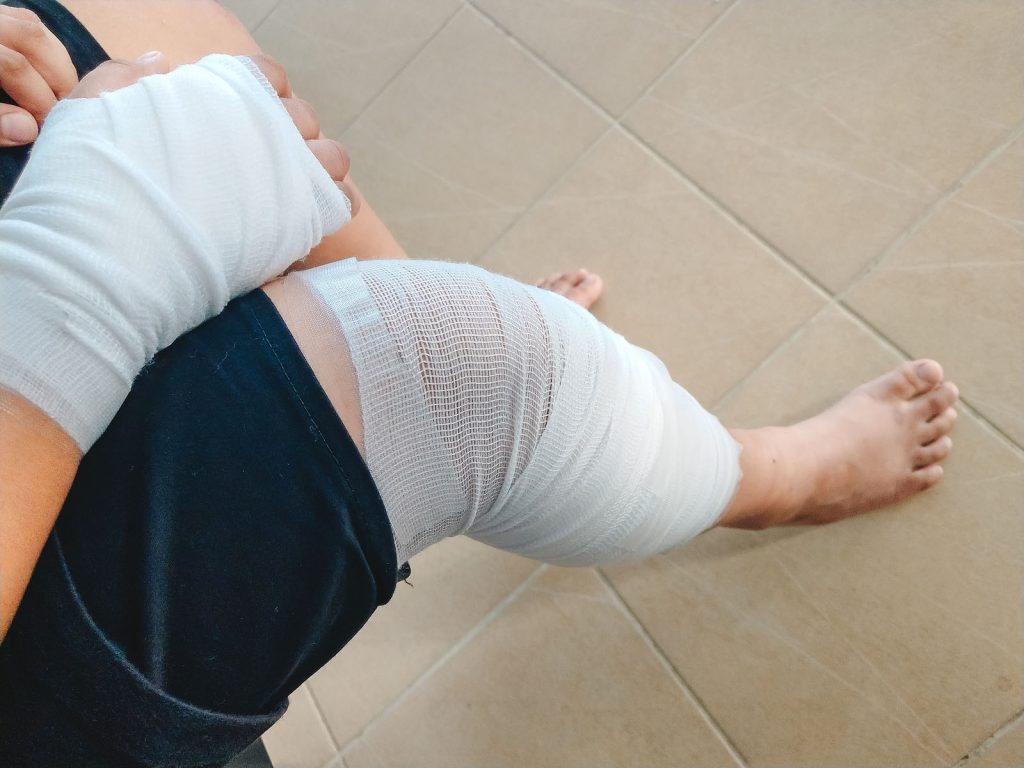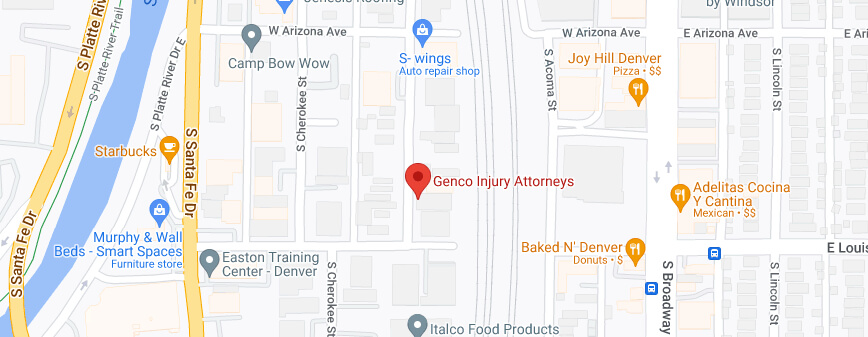How Common Are Bicycle Accidents?
In 2021, the most recent year for which statistics are available, an estimated 41,615 bicyclists sustained non-fatal injuries, as reported by the National Highway Traffic Safety Administration (NHTSA). Injury crashes have averaged approximately 45,400 annually over the past five years. The yearly average for bicyclist fatalities is 883. In 2021, cyclists accounted for 2.2% of all traffic fatalities. Colorado ranks among the top 10 states in the U.S. for the highest bicyclist deaths per capita, as stated by U.S. News & World Report.
Why Are Bicycle Accidents on the Rise Nationwide?
Bicyclist fatalities have been steadily increasing since 2010, according to NHTSA. In 2021, 85% of cyclist traffic deaths occurred in urban areas. Since the global pandemic, more people have been riding bicycles for recreation and to get around. With more cyclists on the streets, more are being hit by cars and trucks. Part of the problem is related to infrastructure. Many roads and intersections are designed primarily to quickly move traffic through urban areas and neighborhoods. This can put bicyclists and pedestrians at risk. Negligent driving behavior is a significant contributing factor to bicycle accidents. Drivers who are impaired, distracted, speeding, or tailgating, or who fail to yield the right of way or disregard traffic signs and signals can cause deadly collisions with bicyclists.
What Types of Injuries Can Bicycle Accidents at Intersections Cause?
Cyclists have none of the protections passenger vehicle occupants enjoy, such as seat belts, airbags, and crumple zones. They face a high risk of severe or fatal injuries in a collision with a 4,000 lb. moving motor vehicle. Bicyclists hit by SUVs, pickups, and vans have a higher risk of death than those struck by sedans. Bicycle accidents at intersections can cause a range of serious injuries, including:
- Head trauma and brain injury
- Fractured collarbones, arms, wrists, and legs
- Neck and back injuries
- Spinal cord damage
- Road rash
- Facial injuries
- Soft tissue injuries
- Internal organ damage
What Types of Injuries Can Bicycle Accidents at Intersections Cause?
Bicycles are much smaller, less stable, and less visible than cars, trucks, and SUVs. Many bicycle accidents occur when drivers fail to notice bicycles in the roadway. The following types of motor vehicle-bicycle collisions are common at intersections:
- Negligent left turn: This type of crash occurs when a driver turning left strikes an oncoming bicyclist in the intersection. It may happen because the driver was distracted and failed to register the bicycle in the intersection or because the driver misjudged the bicycle’s distance and speed.
- Right hook: A driver passes on the left of a cyclist and turns right into the path of the bicycle. In this scenario, the cyclist may be hit by the vehicle or crash into it unavoidably.
- Red light right turn: A bicyclist is stopped next to a vehicle at a red light. When the light turns green, the cyclist proceeds straight ahead, and the driver turns right, hitting the cyclist.
- Crosswalk crash: A cyclist is crossing the street at a crosswalk when a driver turns right. The vehicle either strikes the cyclist or blocks its path, causing a collision.
- Right pull out: A cyclist is traveling straight through an intersection when a car pulls out from a cross street. This can result in the cyclist being hit on the right side by the front of the vehicle or the bicycle colliding with the car on the driver’s side.
How Is the Bicycle Intersection Accident Problem Being Addressed Under Colorado Law?
Governor Polis signed House Bill 22-1028 into law on April 13, 2022. According to a Bicycle Colorado fact sheet published by the Colorado Department of Transportation (CO DOT), this new Safety Stop law makes intersections safer for cyclists by letting them move away from the area more quickly. A cyclist or a person on another “low-speed conveyance” can now legally ride through a stop sign at an intersection if they have the right of way. After coming to a complete stop at a red light, bicyclists can turn right or proceed straight across the intersection, provided they yield the right of way to pedestrians and oncoming traffic.
A low-speed conveyance is simply a low-speed vehicle, such as a bicycle, electric scooter, or wheelchair, used for recreation or transportation. The new law does not apply to cyclists ages 14 or younger. Neither does it apply when cyclists of any age are at stop lights or stop signs explicitly designed for bicyclists.
What Is the History of the Safety Stop?
The Safety Stop is also known as the Idaho Stop because a law legalizing this maneuver was first passed in Idaho in 1982. Bicycle-motor vehicle collisions decreased by 14.5% in Idaho in the first year and by 30% to 60% in Boise alone. After a similar law was passed in Delaware, bicyclist-driver crashes at intersections with stop signs decreased by 23% in the first 30 months.
What Should You Do After a Serious Bicycle Intersection Accident?
If you have been hit on a bicycle at an intersection in a crash that was someone else’s fault, consult an experienced Colorado bicycle accident lawyer as soon as possible. You may be entitled to recover damages for your medical expenses, lost wages, pain and suffering, emotional trauma, mental anguish, and other losses. Call Genco Injury Attorneys at (720) 802-9120. We offer a free case evaluation. Our seasoned personal injury attorneys have the knowledge, skills, and resources to pursue the compensation you deserve.













